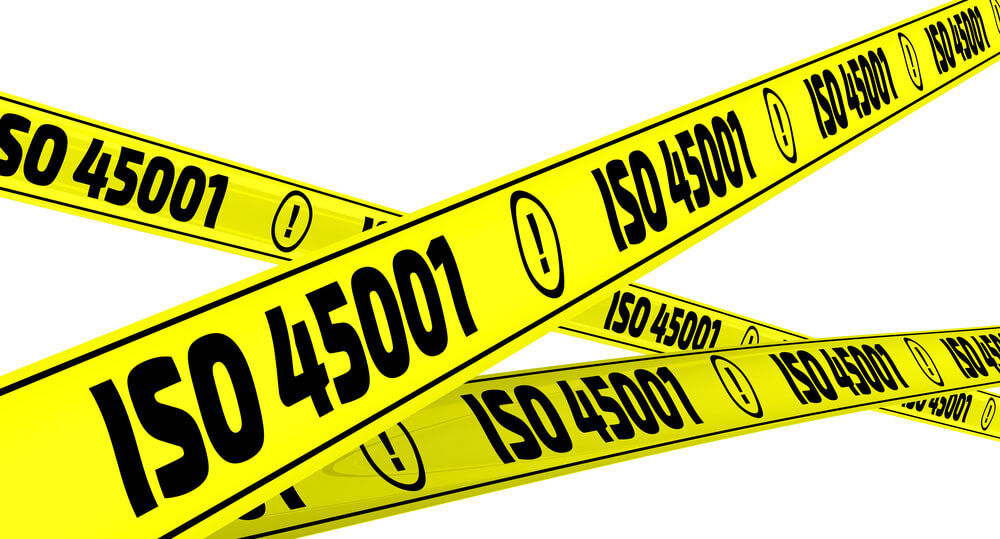8 Components Necessary for Implementing the ISO 45001 OHSMS
ISO 45001: Occupational Health and Safety (OHS) management is a necessary and continuous process for every organization. It helps them to utilize the best provisions to prevent occupational risks or injuries to workers and protect their wellbeing. The ISO 45001 standard for OHS management system (OHSMS) is developed by ISO, which elevates the significance of OHS to businesses worldwide. It underlines the requirements for implementing the best OHSMS in organizations that continually improve and ensure more excellent safety for workers.
8 Must Have Components to Consider for the ISO 45001 OHSMS
These main components would make your OHSMS effective and conform to the ISO 45001 standard.
- Planning
- Incident Reporting
- Documentation
- Employee Training
- Risk Assessment
- ISO Certification
- Communication
- Data Accessibility

1). Planning – ensuring that your organization fulfills all Australian OHS regulations and has a crucial policy.
2). Incident Reporting – to ensure that the OHSMS is accessible to every member at all levels to report any hazards or incidents at the right time.
3). Documentation – Ensure that all employees know the policy, practices, and instructions required for OHS management.
4). Employee Training – to ensure that the employees follow the practices of OHSMS smoothly and can make them a part of everyday processes.
5). Risk Assessment – to ensure that all potential risks are identified, measured, or assessed to implement appropriate actions for prevention.
6). ISO Certification – to validate your OHSMS and demonstrate your organization’s commitment to employee health and safety.
7). Communication – to ensure that the staff across your organization can communicate, keep themselves updated about the OHS needs, and improve OHS performance.
8). Data Accessibility – to evaluate the OHS performance over time, trace the effectiveness in incidents management and implement change in OHSMS if needed.
Key Takeaway
Understanding these eight components is essential if you want to place the best OHS management system in your organization that meets your employee safety needs addressed by OHS challenges. Whether you modify your existing OHS management system or need to implement it from scratch, the system that will be ultimately effective in your organization can get the ISO 45001 certification only if includes these components.